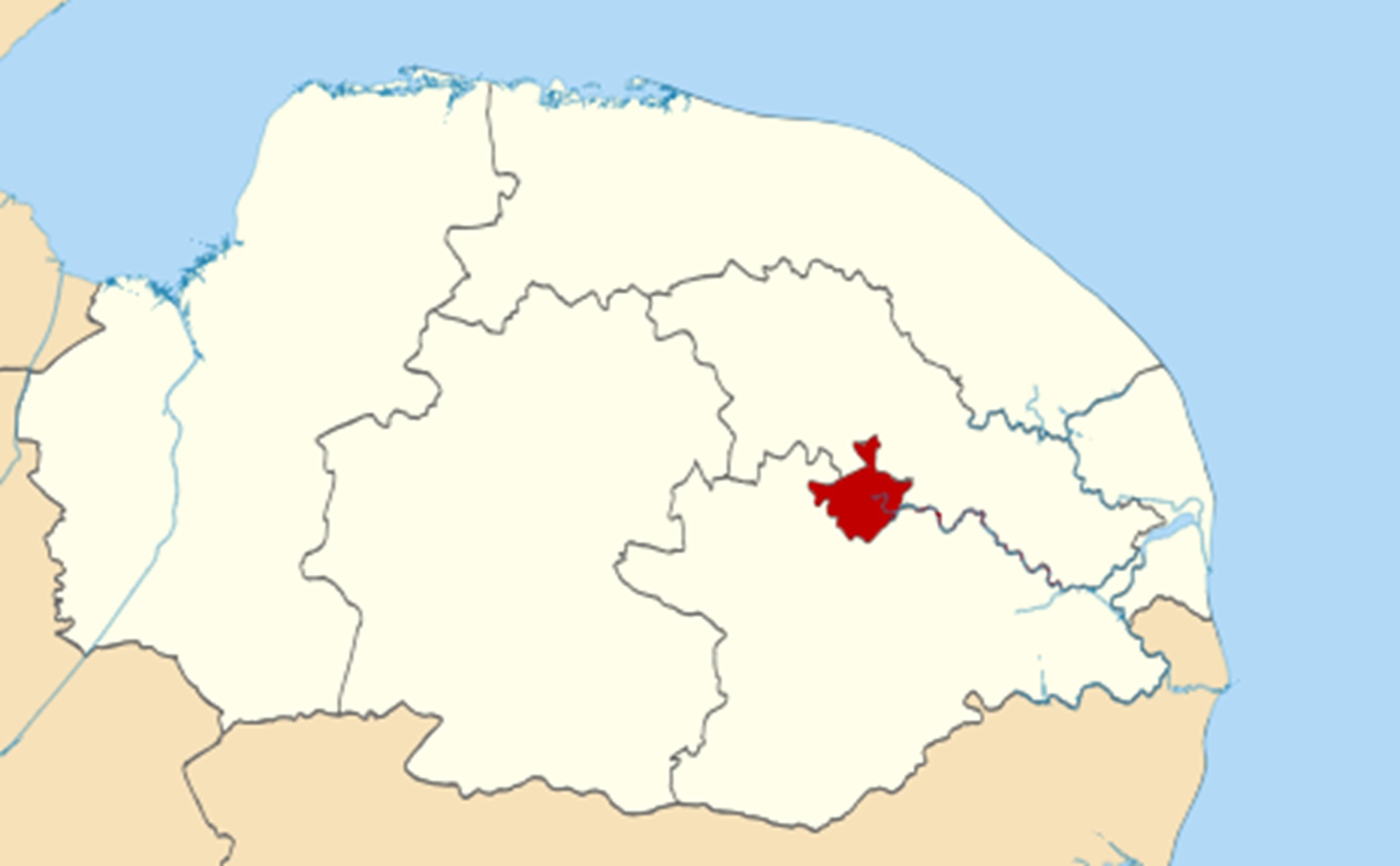Learning to drive is an exciting journey that requires practice in a variety of driving conditions. For those considering taking an intensive driving course in Norwich, the city offers a diverse range of environments perfect for honing your driving skills. From bustling city streets to serene suburban roads, Norwich provides ample opportunities to develop the confidence and proficiency needed to become a skilled driver. Here’s a guide to some of the best places to practice driving in Norwich, each offering unique challenges and benefits.
1. City Centre: Navigating Urban Challenges
Norwich city centre is a dynamic environment that provides an excellent opportunity for practising urban driving skills. The area is characterized by busy streets, complex intersections, and a high volume of pedestrian traffic. Key areas to focus on include:
- Tombland: This area near Norwich Cathedral is known for its narrow roads and high foot traffic. Practising here will help you master the art of navigating tight spaces and dealing with pedestrians.
- St. Stephen’s Street: A major shopping street that can be particularly congested during peak hours. This location is ideal for learning to handle heavy traffic and understanding traffic signals and pedestrian crossings.
- Prince of Wales Road: Known for its nightlife and bustling atmosphere, this road offers a chance to practice driving in a high-traffic environment, which is essential for developing patience and situational awareness.
2. Suburban Areas: Building Confidence in Less Congested Spaces
Suburban areas around Norwich provide a quieter setting where learners can build confidence and practice basic driving skills. These areas typically feature wide roads, fewer pedestrians, and less traffic, making them perfect for:
- Eaton: This residential area has broad streets and is less busy compared to the city centre. It’s ideal for practising parking, three-point turns, and other essential manoeuvres.
- Hellesdon: With its mix of residential streets and local shops, Hellesdon offers a balanced environment for practising both quiet suburban driving and navigating small roundabouts.
- Thorpe St. Andrew: This area features a variety of road types, including residential streets and main roads. Practising here allows learners to experience different driving conditions while maintaining a relatively low level of traffic.
3. Major Roads and Dual Carriageways: Gaining Experience on Busier Routes
Driving on major roads and dual carriageways is crucial for building confidence at higher speeds and understanding motorway driving principles. Norwich’s key routes include:
- A47: This major road connects Norwich with other cities and offers practice on dual carriageways. It’s an excellent location for learning about lane discipline, overtaking, and handling higher speeds safely.
- A140: Running north from Norwich, this route provides experience on a primary road that connects to rural areas. It’s beneficial for practising lane changes and understanding road signs.
- Ring Road: Norwich’s ring road encircles the city and offers a good mix of urban and semi-rural driving conditions. It’s a great place to practice merging and exiting from a major road.
4. Rural Roads: Developing Skills for Less Frequented Routes
Practising on rural roads around Norwich offers valuable experience for handling less frequent routes and varying road conditions. These areas often feature winding roads and different types of terrain:
- Bawburgh Road: Located just outside the city, this road offers a chance to practice driving on winding, rural routes with occasional farm traffic. It’s excellent for learning to adapt to different driving conditions.
- Norwich Road (towards Brundall): This road provides a more open driving experience with fewer intersections and higher speeds. It’s ideal for practising smooth acceleration and braking techniques.
- Coltishall Road: This rural route takes you through scenic countryside and is beneficial for practising defensive driving and dealing with varying road surfaces.
5. Special Areas for Advanced Practice
For learners who are ready to tackle more advanced driving scenarios, Norwich offers specific locations where you can focus on complex skills:
- Norwich International Airport Area: Practice driving in and around the airport can offer a mix of busier roads and less congested zones. It’s ideal for learning to handle different traffic patterns and parking in varied situations.
- Car Parks: Large shopping centres’ car parks, such as those at Riverside or the Intu Chapelfield, provide ample space for practising parking manoeuvres, including parallel parking, reverse parking, and manoeuvring in tight spaces.
- Test Routes: Familiarizing yourself with typical driving test routes can be highly beneficial. Practising these routes with your instructor will help you get used to the types of roads and junctions you may encounter on your driving test.
Norwich offers a diverse array of driving environments that cater to various stages of the learning process. From the bustling city centre and suburban streets to major roads and scenic rural routes, each area provides unique opportunities to practice and refine your driving skills. By incorporating these diverse locations into your driving practice, you’ll build the confidence and competence needed to navigate any driving scenario effectively.
Whether you’re practising parallel parking in a shopping centre car park or mastering lane changes on the A47, the key is to make the most of each driving experience. With the right guidance from APass4U and plenty of practice, you’ll be well-prepared to handle the challenges of driving in Norwich and beyond.


